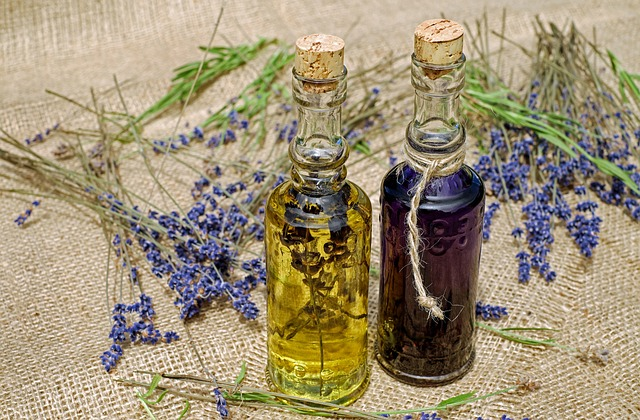Fungal nail infections, also known as “onychomycosis,” are very common. It is believed to affect up to 14% of the general population. Toenail fungus is a widespread fungal infection that affects part or all of one or more of your toenails. Less commonly, nail fungus can infect your fingernails.

Toenail fungus happens when fungi get between your toenail and your toenail bed (the tissue right underneath your toenail). This usually happens through a crack or cut in your toe. With toenail fungus, the nail appears white, yellow, or a brown discoloration of your toenail. The nail can be brittle, and crack easily sometimes even appear crumble.
The cause is a type of mold called a dermatophyte causes tinea unguium, the most common nail fungus. Tinea unguium most frequently targets your toenails, but it can also affect your fingernails. You may also here another name for the condition as Onychomycosis.
Click to get prescription toenail fungus treatment
How does someone get a fungal nail infection?
Anyone can get a fungal nail infection as it can be transmitted from contact with someone that has it or from the environment. Some people may be more likely than others to get a fungal nail infection, including older adults and people who have the following conditions:
- A nail injury or foot deformity
- Trauma/injury
- Hyperhidrosis (a disorder that makes you sweat a lot)
- Diabetes
- Weakened immune system
- Venous insufficiency (poor circulation in the legs) or peripheral arterial disease (narrowed arteries reduce blood flow to the arms or legs)
- Fungal skin infections on other parts of the body, such as Athlete’s Foot

What is the most effective antifungal medications for toenail fungus?
Toenail fungi treatments will vary depending on your symptoms. Your healthcare provider should look into multiple factors to decide on the right treatment plan for you. It can be tailored to your individual needs. In general antifungal medicines are the most effective at curing and eliminating toenail fungal infections. Combining oral drugs and topically applied antifungals can help improve treatment success.
Click to get prescription toenail fungus treatment
Medications
Your health care provider may prescribe antifungal drugs that you take by mouth (orally) or apply to the nail.
- Oral antifungal medication: These drugs are often the first choice. two of the most common options are terbinafine (Lamisil) or itraconazole (Sporanox). These drugs help a new nail grow free of infection, slowly replacing the infected part.You typically take this type of drug daily for 6 to 12 weeks. But you won’t see the end result of treatment until the nail grows back completely. It may take up to 6 months or longer to eliminate an infection so it does not come back. Treatment success rates with these drugs appear to be lower in adults over age 65.Oral antifungal drugs may cause side effects such as rash and have been linked to liver damage if not used appropriately. They may interfere with other prescription drugs which your doctor will need to know prior to starting you on them. Health care providers may not recommend oral antifungal drugs for people with liver disease or congestive heart failure or those taking certain medications.
- Topical antifungal medication:Medicated nail polish. Your health care provider may prescribe an antifungal nail polish called ciclopirox (Penlac). You paint it on your infected nails and surrounding skin once a day. After seven days, you wipe the piled-on layers clean with alcohol and begin fresh applications. You may need to use this type of nail polish daily for almost a year.Medicated nail solution/cream. Your health care provider may prescribe an antifungal cream, such as efinaconazole (Jublia) and tavaborole (Kerydin). You rub this product into your infected nails after soaking. These creams may work better if you first thin the nails. This helps the medication get through the hard nail surface to the underlying fungus.To thin nails, you apply a nonprescription lotion containing urea. Or your health care provider may thin the surface of the nail (debride) with a file or other tool.Antifungal nail cream/solutions may cause side effects such as rash.
Laser treatment options
Another option is special laser beam to diagnose this infection. The FDA’s newest technology has been used to temporarily increase the clearness of nail fungi but has no cure. Laser treatments have a less favorable cure rate when compared with oral therapy. Your medical professional will rarely recommend a laser for nail infections.
Do over the counter treatment options work?
Treating onychomycosis (toenail fungus) is not as easy as treating a yeast infection as the infection lives between the toenail and nail bed. This makes getting eliminating it more difficult because if you treat it topically, only some of the medication penetrates to the nail bed and often not enough to kill the fungus. Many over the counter treatment can be found in your local pharmacy but the data is limited on its actual success as they do not go through the same review process as FDA approved prescription treatments. Mild infections may benefit from such treatments.
Click to get prescription toenail fungus treatment
What about home remedies?
Similar to OTC treatments, there is limited data on success of homeopathic treatments. Some of the more common home remedies include the following:
- Tea tree oil
- Vicks VapoRub
- Oregano oil
- Lavender oil

Can I wear nail polish if I have toenail fungus?
You could be trying to cover your discoloured toenails with a polish. The issue is if you are using a topical prescription medication, this inhibits the medicine from working which is why this is not recommended by healthcare providers. Also because fungus thrives on damp surfaces, wearing nail polish can cause fungal infections to worsen.
What can happen if left untreated?
Outside of scaring small children or potential mates, some times nothing but that really depends on your overall health condition and immunity. For example if you have diabetes or a weakend immune system, toenail fungus can lead to complications such as a skin infection known as cellulitis, which can progress to a life threatening condition.
